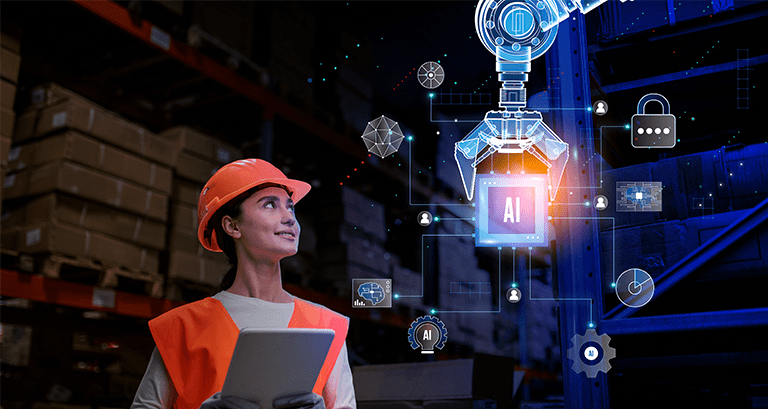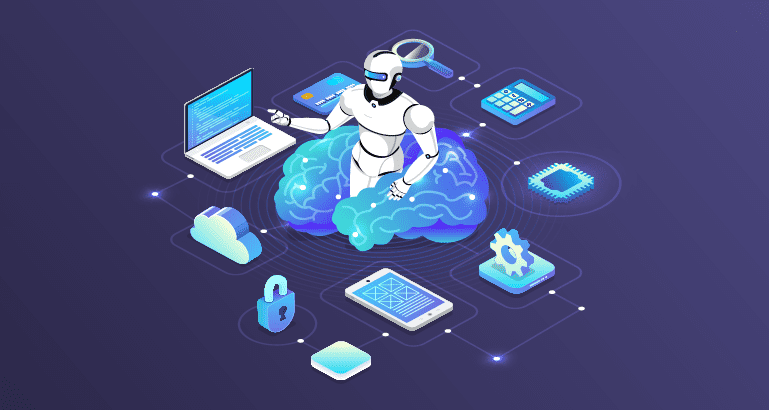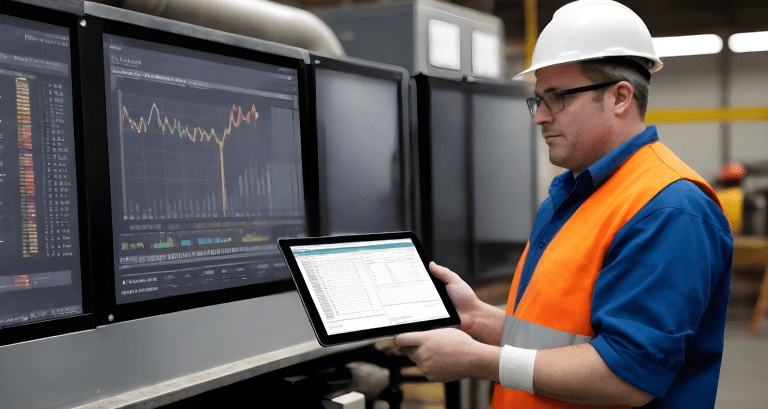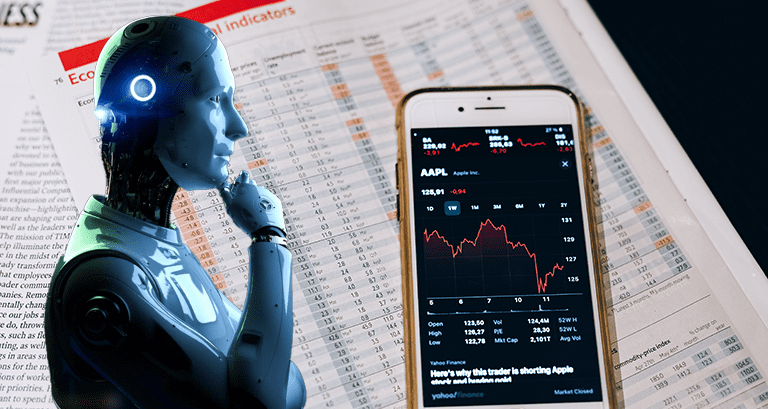AI in Logistics
Introduction
In recent years, the logistics landscape has undergone a profound metamorphosis, driven by disruptive forces and the ascent of cutting-edge technologies. Among these technological marvels, artificial intelligence (AI) has emerged as the preeminent game-changer, fundamentally altering the way enterprises orchestrate and optimize their supply chains. AI's unparalleled ability to effortlessly navigate vast troves of data, make astute decisions, and anticipate outcomes has firmly established it as the linchpin of the logistics sector. It is, therefore, no surprise that as we approach 2025, AI and machine learning (ML) stand poised to ascend the technological throne.
Artificial Intelligence: Revolutionizing Warehouse Operations with Robotics
The fusion of AI and robotics has ushered in a remarkable era of warehouse automation. AI-driven robots deftly handle sorting, picking, packing, and inventory organization, catapulting the order fulfillment process into overdrive. This intelligence is, indeed, "artificial," as robots are now capable of taking on many tasks previously handled by human warehouse workers.
Furthermore, AI-infused sensors and cameras provide real-time tracking and inventory monitoring, ushering in an era of superior inventory management and reduced losses. This abundance of real-time data serves as the lifeblood of predictive analytics, revolutionizing warehouse processes. As a result, traditional warehouses have morphed into highly efficient, technologically advanced distribution hubs that match the blistering pace of modern consumer demands, elevating the overall customer experience.
The Impetus for Warehouse Automation
Warehouse automation assumes paramount importance, particularly in a time characterized by a shortage of labor, looming union strikes, and the ever-escalating cost of human labor. With companies struggling to find workers amid record-low U.S. unemployment rates, automation emerges as an imperative rather than an option.
By 2024, robots are projected to become indispensable tools for nearly half of medium to large warehouse operators and fulfillment centers across the United States.
Transportation's Human-Centric Core
Transportation, on the other hand, retains its human-centric essence. While AI, including ChatGPT, has found its place in the industry, it's vital to recognize that humans remain at the heart of transportation processes. When inquiring about the role of AI and ChatGPT in Transportation, the response underscores the importance of human expertise and oversight.
Elevating Transportation with "Augmented" Intelligence
In the realm of transportation, AI assumes the role of "Augmented" Intelligence. It empowers humans to enhance their efficiency, manage higher volumes, expedite tasks, and deliver superior-quality outcomes. Ultimately, this improved working experience not only benefits individuals but also aids companies in attracting and retaining talent—an invaluable advantage. Companies are encouraged to integrate AI to bolster the daily operations of transportation personnel.
AI-Powered Visibility: A Strategic Choice
Visibility within the supply chain is a linchpin for risk management, fostering effective communication, and promoting collaboration among stakeholders. In a world fraught with risks—ranging from natural disasters to labor shortages and geopolitical uncertainties—AI's predictive prowess empowers companies to proactively anticipate potential pitfalls and formulate robust contingency plans.
AI is a Natural Fit for Visibility
The immense volume of data accumulated on these platforms positions them as prime candidates for AI integration. AI enhances data quality, generates data through Generative AI when real data is lacking, and provides invaluable insights through predictions (such as ETA or dwell times) and forecasts (like asset or port capacity). Real-time visibility empowers companies to share information, updates, and forecasts with suppliers, customers, and partners. Transparent communication nurtures trust, bolsters collaboration, and facilitates timely decision-making—strengthening supply chain resilience and agility.
Supercharging Logistics Efficiency with Predictive Analytics
AI's most transformative contribution to logistics lies in its prowess in predictive analytics, driven by an exponential surge in data. By 2025, an astounding 181 zetabytes of data will be generated—an equivalent of 200 billion iPhone 14s. Coupled with ever-escalating computing capabilities, this abundance of data enables the creation of larger, more complex AI models.
Unlocking Predictive Analytics Potential
AI systems, fueled by historical data and real-time information, adeptly predict demand patterns, inventory fluctuations, and potential disruptions. This predictive power enables optimization of inventory levels, minimizes stockouts, and streamlines supply chain operations. Accurate demand forecasting ensures that the right products are precisely where they need to be, precisely when they need to be there, culminating in heightened efficiency and amplified customer satisfaction. This predictive analytics is poised to evolve into prescriptive analytics, ultimately automating significant segments of workflows.
Conclusion
A successful digital transformation hinges on three critical components: acquiring the right digital talent, adapting business models and processes, and striking the ideal technology balance. An essential shift is required, from retrospective analysis to real-time and predictive insights. Trust in the data that delivers these insights, enabling instantaneous decision-making and prompt execution. Connect Nu10’s team of Ai expert to achieve the digital metamorphosis.
About Author
Mohit Kataria
Mohit, a career entrepreneur with 21+ years of experience, specializes in conceptualizing large scale analytics initiatives and driving them to success. He co-founded Manthan Research & Analytics, later acquired by M3 and rebranded as m360 Research. He excels in building and scaling high performance teams.








